NATURE SHOWS
Discover the wonders of the wild as we present our Nature Show, featuring raptors, reptiles, and more. Get up close with some fascinating creatures and learn amazing facts about our natural world. Don't miss out on this exciting and educational experience for the whole family!
The cost per person is only $7 and free for children 4 and under.
Shows begin at 10:30 a.m. Check in at the main lodge 20 minutes before the show to purchase tickets. No reservations required.
2025 Show Schedule:
- May 17th - CANCELLED
- May 31st
- June 14th- CANCELLED
- June 28th
- July 5th & 19th
- August 2nd, 16th, & 30th
- September 13th & 27th
- October 11th & 25th
- November 8th
Show Information:
- Show dates are subject to change. Call our office for most up-to-date information.
- In case of bad weather, call before coming.
- No pets allowed.
- Featured animals vary by show.
MEET LIBBY
Our New Bald Eagle
We are thrilled to introduce Libby, our magnificent Bald Eagle, to the Historic Banning Mills family. Libby joins us as a symbol of strength and freedom, and we can't wait for you to meet her!
Libby’s wing was recently broken when she unfortunately collided with a box truck. The break is at a location of her wing that will permanently affect her ability to fly long distances or hunt for food, making survival in the wild almost impossible. She is still a juvenile, approximately 2 years old. She has not yet have the iconic white head, but she is huge!
She is currently recovering from her injury, and the vets think she might recover enough to fly short distances and may be able to join our nature show in the future.
Please consider donating to help us give Libby the best care and transition to her new life.

She is currently in a smaller enclosure while she heals and, in the meantime, we are renovating our current enclosure and adding enrichment features. She will need ongoing vet visits with x-rays, wound care, and meds which will quickly add-up.
Libby is a beautiful representation of America's national bird, the Bald Eagle. She embodies the majesty and resilience of these incredible birds. Libby will be a key ambassador in our Nature Programs, helping us educate visitors about the importance of conservation and wildlife protection.
At Historic Banning Mills, we are dedicated to preserving the unique and pristine ecosystems of the Snake Creek Gorge and Chattahoochee watershed areas. Our mission also includes maintaining the extensive history of the Banning Mills township and gorge areas. As a nonprofit organization, we rely on the generous support of our community to continue this vital work.
How You Can Help:
- Donate: Your contributions will directly support the care of Libby and other resident animals, as well as our conservation and education programs. Your generosity helps us provide the best care for Libby and further our mission to protect and celebrate the natural wonders of Snake Creek Gorge.
- Visit Us: By attending our nature programs and exploring our trails, you help us spread awareness and appreciation for these beautiful landscapes.
Thank you for your support! Together, we can ensure that Libby and her wild companions thrive in their natural habitats for generations to come.
WHILE YOU'RE HERE, CHECK OUT OUR TRAILS
Every season at Banning Mills affords a beautiful nature experience on the historic and unique nature trails. Snake Creek Gorge presents a diverse and beautiful array of plants and wildlife.
We are not a park. All guests must register at the front desk before accessing any trail systems. The $7 per person fee to hike the trails is waived for Nature Show Guests!
All proceeds are donated back to the conservancy.
MEET ROBIN
Robin Pressley is an exotic animal trainer and an environmental educator. She has trained marine, terrestrial, and avian species for animal management and educational presentations. When training animals from sea lions and dolphins to rhinoceros and giraffe, she only uses positive reinforcement training.
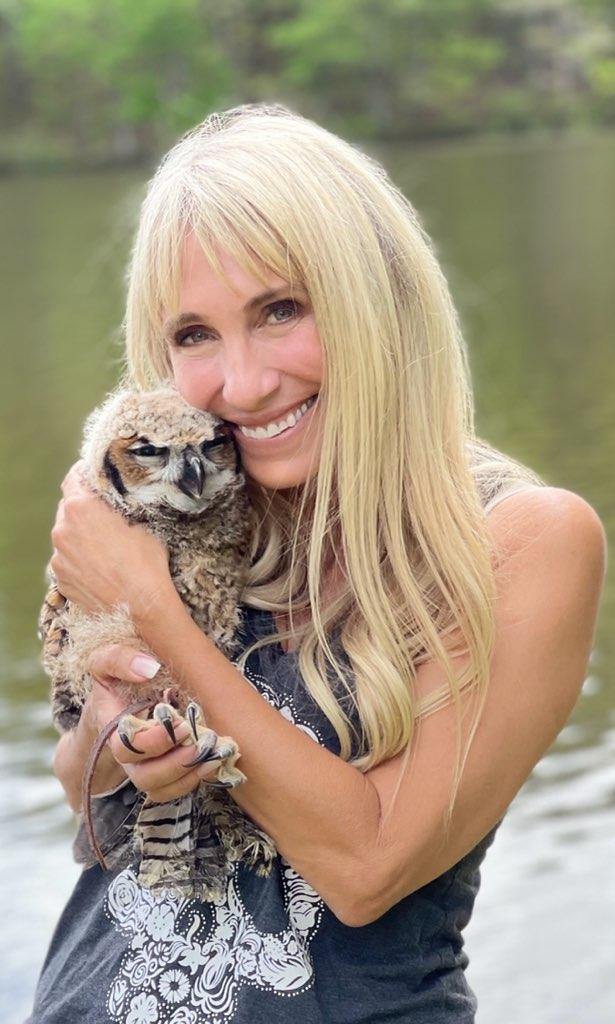
Robin is a zoo and aquarium educator. She has appeared on television and radio as an animal handler and environmental educator and has conducted Distance Learning programs nationwide.
Robin has authored and presented environmental education programs for one of the largest zoological outreach programs in the country. She has also assisted in developing, piloting, and presenting education programs for the largest indoor aquarium in the world.
She has also instructed animal behavior research classes, and conducted and published her own research studies on animal and zoo visitor behavior. Robin has presented her behavioral research at several universities and international conferences.
She was the recipient of the Year 2000 Young Alumni Award from the University of Wisconsin-Oshkosh. Robin was an international behavior consultant for Aubrey Daniel International, providing the "wow factor" for their Advanced Performance Management Training sessions worldwide.
During her free time Robin likes to travel and observe animals in their native habitats. Two of her favorite adventures are hiking the NaPali coastline in Maui and diving Australia's Great Barrier Reef. Robin is currently writing a series of character-building books for children based on animal adaptations and human diversity. Her first book in her Busy Bodies Collection of children's books is currently available.
LIBERTY
We had to say "good-bye" to our beautiful Liberty. Due to past complications, Liberty passed away in September of 2023. She will be greatly missed.
Liberty the Eagle came from Auburn University at the Southeastern Raptor Center in Alabama. She was an imprinted raptor with visual deficits and hip difficulties and could not be released into the wild.
She captured our hearts from day one and we all loved her. She was sassy with a mind of her own. We were honored to be her home and look forward to caring for another eagle in need in the future.
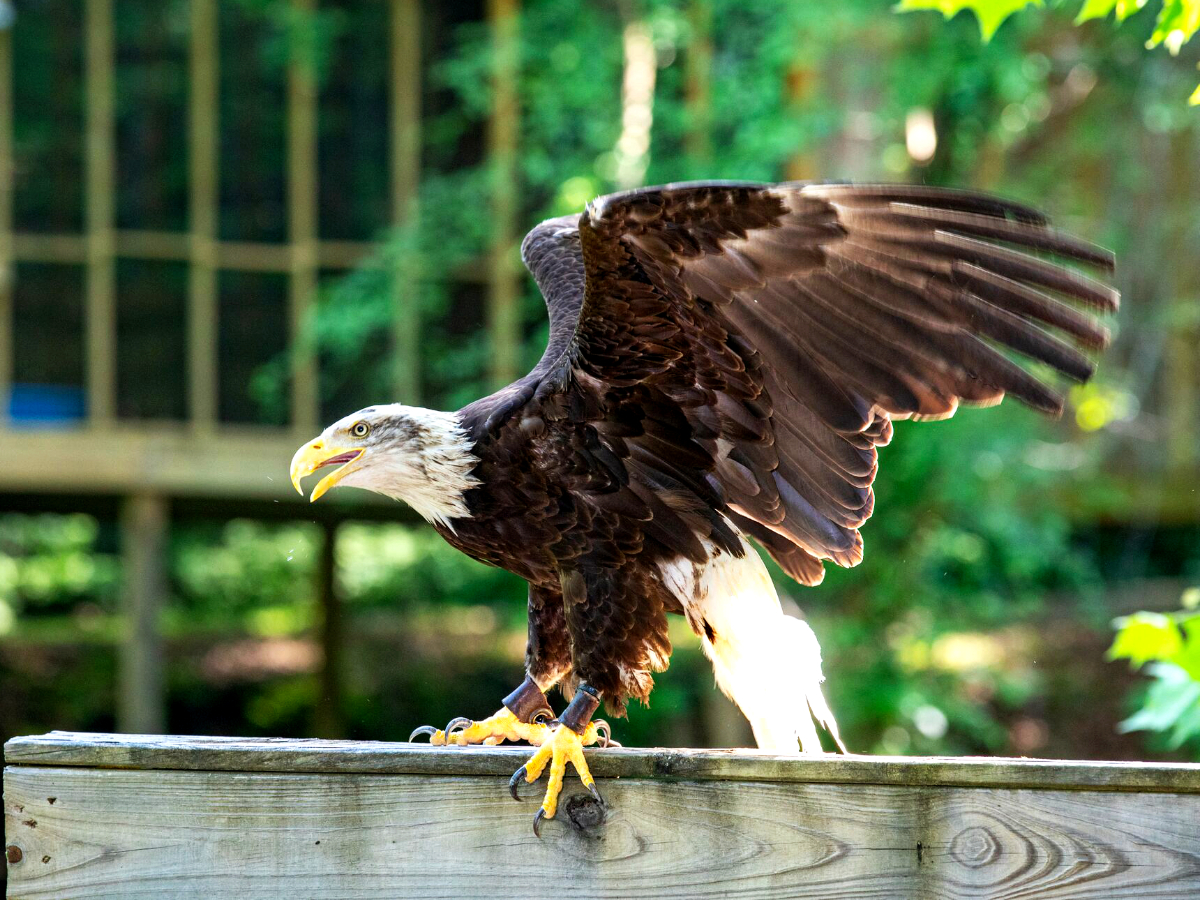
BIRDS OF PREY FACTS
Eurasian Eagle Owls
Czar is a Eurasian Eagle Owl. The Eurasian Eagle Owl is larger than most hawk species. Czar can grow to be as big as 22″ long and have a wingspan of 41″.
The Eurasian Eagle Owl is commonly found in North America, Europe & Russia. They are native to a Woodland habitat. They hunt small birds and mammals. They can attain sizes of 30 inches with a wind span of 6’2″. Their flight territory range is 1500 to 10,000 acres! They are very territorial and will attack bears or wolves if they come near its nest! When they find a mate, they are mates for life. In ancient times, the Eurasian Goshawk was considered a sacred bird and only allowed to be flown by nobility for falconry or hunts. Even with colder climates, these owl are very territorial do not migrate to warmer climates in winter. These owls can live up to 20 years in the wild and a distinct feature are their red orange eyes.
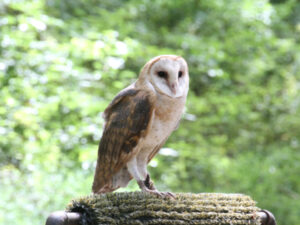
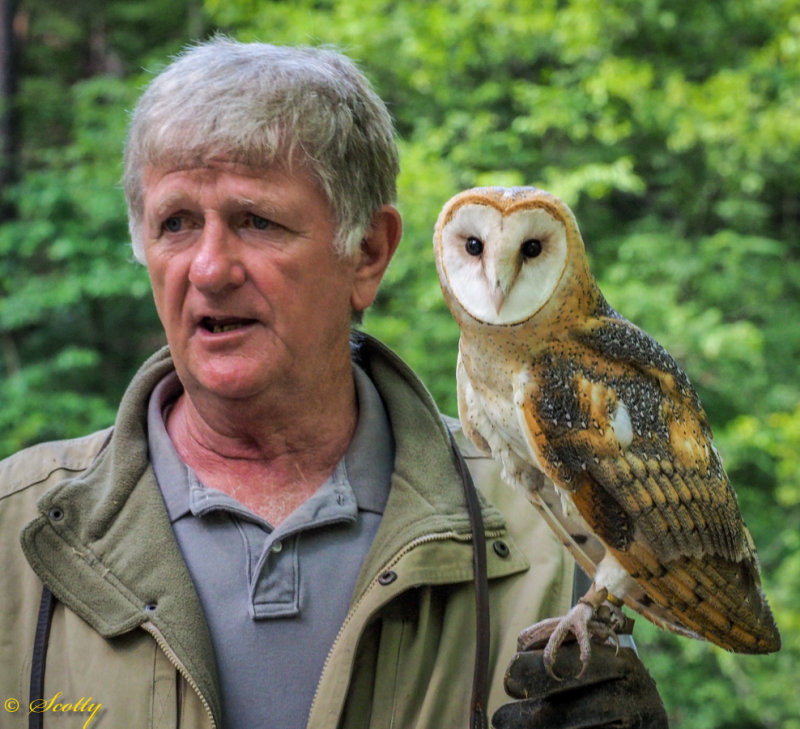
Barn Owl
The most widely distributed of the owl species, it is nocturnal and needs open spaces to hunt. Barn owls do not hoot but “screech”. Since many choose to nest in barns and old abandoned buildings, many an intruder has been scared silly by the eerie screech of these owls. Barn Owls mostly eat rodents and small mammals and can live up to 30 years old.
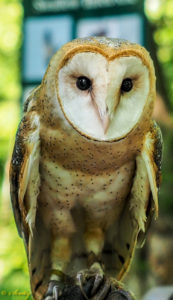
Red Tail Hawks
One of the larger raptors in North, Central and South America, red tails can be recognized by their distinct shrill cry. Red tails will mate at 3 years old and will mate for life. They hunt in pairs and will fight over food even in the air. Red tail eggs are Green inside! They can’t move their eyes and so must move their heads in all directions to see.
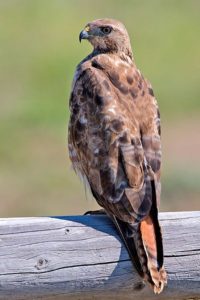
WHAT IS MANTLING?
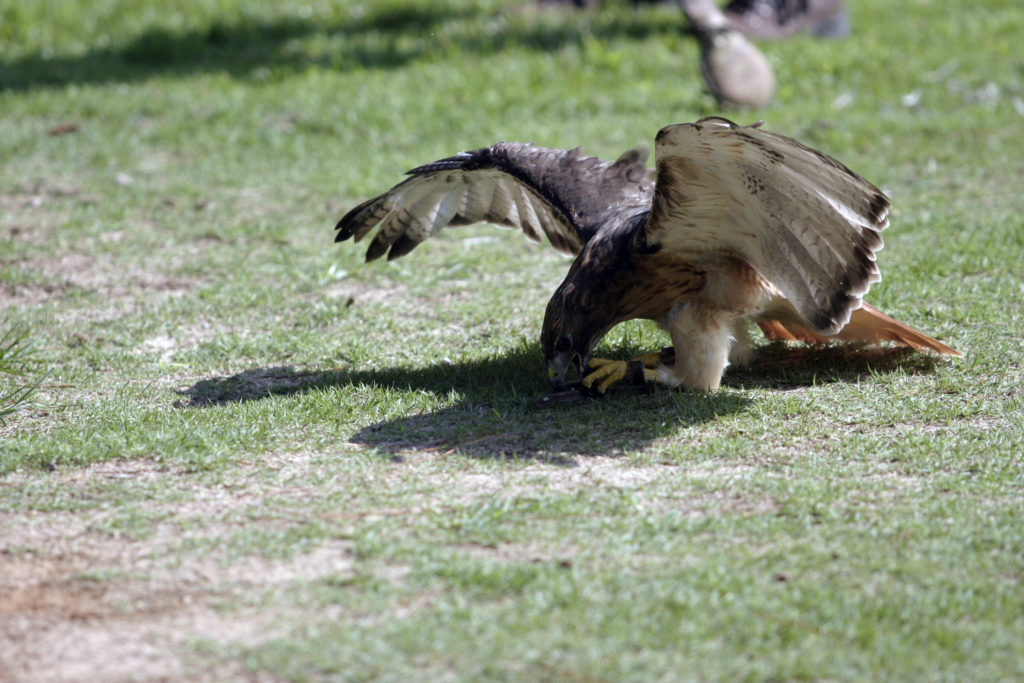
Mantling is hunching or arching shoulders and spreading wings over a recent kill to conceal it from other birds and predators who would be potential thieves. In this posture, the wings are mostly spread and drooped to the ground, exposing the bird’s upper back, also called the mantle, which gives the action its name. The head is usually bent down to feed, and the tail is often spread and drooped to provide additional cover and counterbalance.
Many birds of prey, including hawks and falcons, practice mantling after a kill. While they are feeding on the ground, particularly in open fields, rocky ground, or similar areas with less shelter or cover to provide natural concealment, they are more exposed. Their instinct is to cover their prey and keep it out of sight so it is not stolen by a larger, more powerful predator, whether that is another raptor or any other type of lurking hunter or scavenger. At the same time, the mantling bird will eat rapidly in order to decrease the time they are vulnerable, storing large bites of meat in their crop for later digestion when they feel more secure and are not at risk of losing the meal. If you come across a raptor, do not approach until it is finished. The bird may attack the one approaching or leave its food, which will be a waste.
Reservations are not required for Nature Shows. Please check in at the front desk 20 minutes prior to show start time for your map.
770-834-9149

